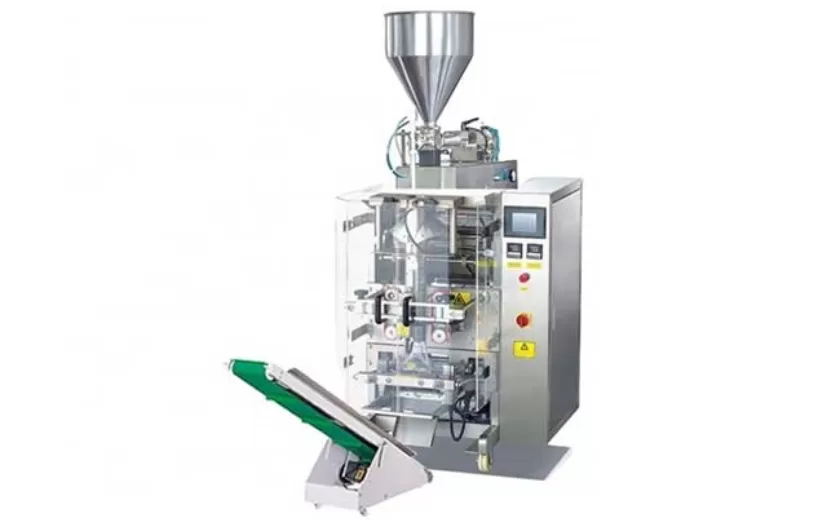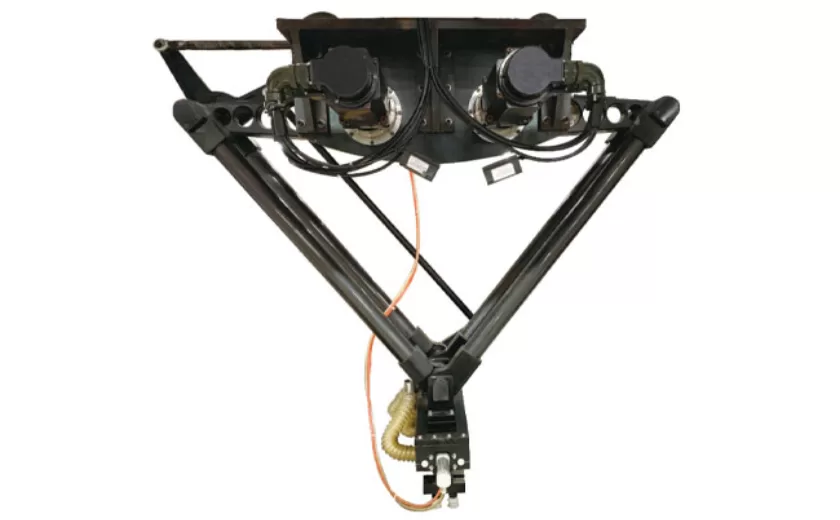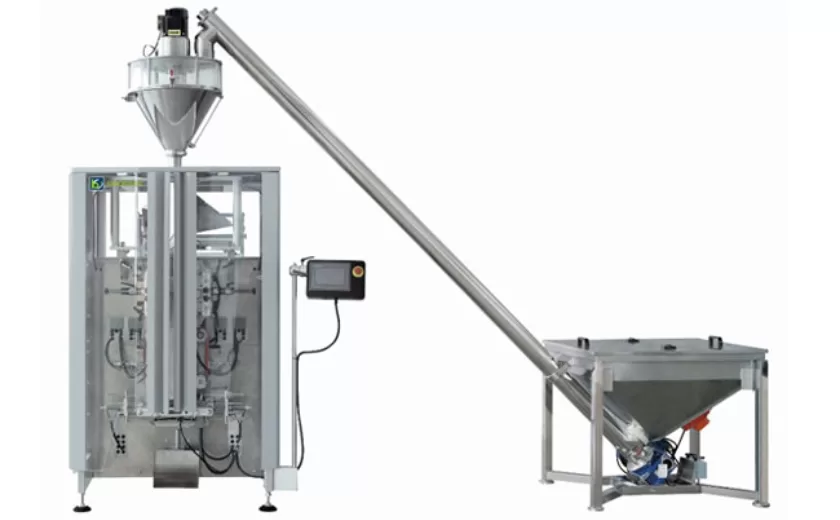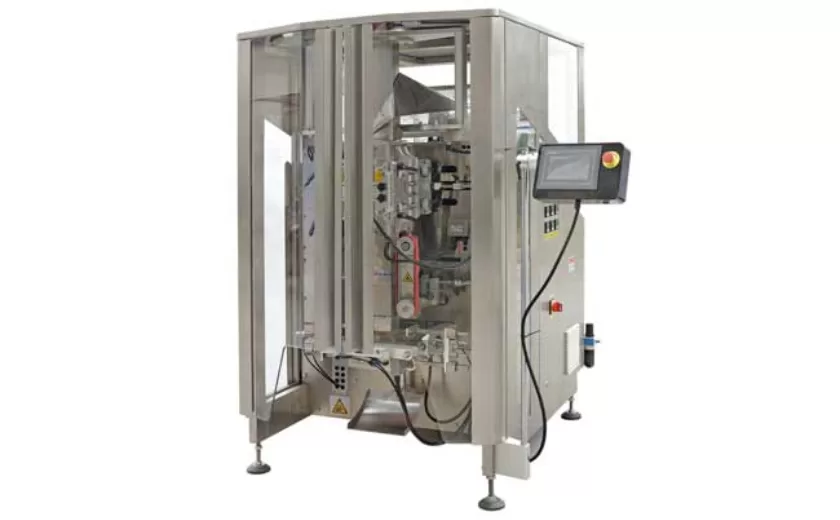How to Enhance Your Liquid Sachet Packing Setup
Liquid sachets are an increasingly popular choice for packaging various liquids, including sauces, condiments, beverages, and personal care products. They offer convenience, portability, and precise product dispensing. Optimizing your liquid sachet packing setup is essential to ensure efficient production, minimize waste, and deliver high-quality sachets to your customers.
Machine Selection
Choosing the right liquid sachet packing machine is crucial. Consider factors such as the desired fill volume, sachet size and shape, production speed, and budget. Automatic filling and sealing machines offer consistent accuracy and high-volume production, while semi-automatic machines are suitable for smaller batch sizes or budget constraints.
Material Selection
The material used for the sachets plays a significant role in product quality and shelf life. Common materials include low-density polyethylene (LDPE), medium-density polyethylene (MDPE), high-density polyethylene (HDPE), and foil-lined materials. Choose a material that provides the desired barrier properties and meets industry standards for food contact.
Filling Accuracy
Precise filling is essential to ensure uniform product distribution and customer satisfaction. Use filling equipment that offers adjustable fill volume and automatic nozzle positioning for consistent and accurate filling. Regular calibration and maintenance of the filling equipment are crucial for maintaining accuracy.
Sealing Integrity
Properly sealed sachets prevent leakage and contamination. Choose sealing systems that provide strong and hermetic seals. Heat-sealing or ultrasonic sealing technologies are commonly used to ensure secure bonding of the sachet material. Inspect seals regularly to ensure they meet quality standards.
Product Quality Control
Implementing strict quality control measures is essential to maintain product safety and consistency. Perform sample testing to ensure the sachets meet specifications for fill weight, sealing integrity, and barrier properties. Establish a system for defect detection and take corrective actions to eliminate non-compliant products.
Efficient Workflow
Streamlining the packing process enhances productivity and reduces downtime. Design a workstation that minimizes unnecessary movements and allows for seamless transitions between filling, sealing, and packaging. Use ergonomic equipment and optimize the placement of raw materials and finished products for efficient workflow.
Maintenance and Sanitation
Regular maintenance and sanitation of the packing setup are essential for long-term operation and product safety. Clean and lubricate equipment regularly to prevent wear and tear. Follow proper sanitation protocols to minimize contamination and ensure a hygienic production environment.
Enhancing your liquid sachet packing setup requires careful consideration of various factors. By selecting the right machine, materials, and quality control measures, you can optimize production efficiency, ensure product integrity, and deliver high-quality sachets to your customers. Regular maintenance and a streamlined workflow further contribute to a successful packing operation.
-

Advanced Packing Solutions: Snacks, Sugar, and Frozen Food Machines
29-10-2025 -

Efficient and Reliable Solutions for Salt, Nuts, and Frozen Dumplings Packing
29-10-2025 -

High-Performance Biscuits, Lollipop, and Ketchup Packing Machines for Modern Food Production
29-10-2025 -

Efficient Liquid Filling and Packing Machines for Modern Production
23-10-2025 -

Reliable Granule Packaging Machines for Efficient Production
23-10-2025 -

Efficient Auger Powder Filling Machines for Accurate Packaging
23-10-2025 -

High-Performance Liquid Filling and Packing Machines for Hygienic Production
10-10-2025 -

High-Efficiency Granule Packaging Machines for Precision and Speed
10-10-2025 -

High-Precision Auger Type Powder Filling Machines for Efficient Packaging
10-10-2025 -

Efficient Vertical Form Fill Seal Packaging Machines for Smart Production
10-10-2025





